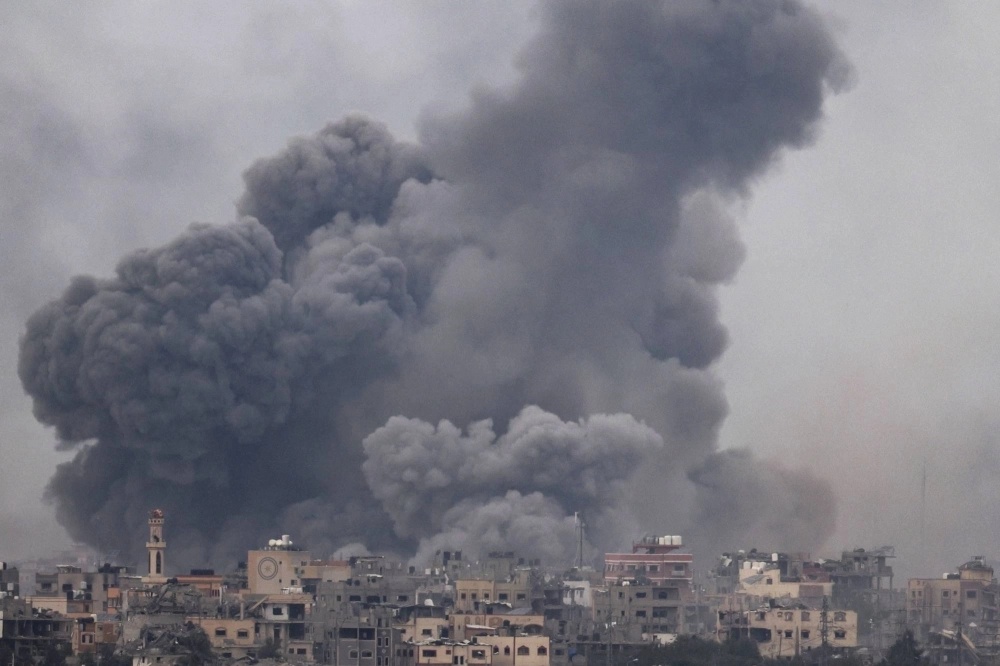Israel’s military said its mission to destroy an estimated 500 kilometers of Hamas tunnels across the Gaza Strip will take months, causing a scale of urban destruction that may prove impossible to reverse.
The devastating outcome of a drawn-out campaign against the militant group — with airstrikes and ground battles continuing alongside the tunnel attacks — is likely to leave many of about 2.2 million Palestinians homeless and a question mark over where they can be rehoused.
In Beit Hanoun, a town of more than 50,000 people in the northern Gaza Strip, a 41 kilometer-long Mediterranean enclave run by Hamas, the Israeli military has set about blowing up almost 100 shafts and several dozen tunnels, said Lt. Col. Amit, who is overseeing their destruction and withheld his surname in line with army rules.

















With your current subscription plan you can comment on stories. However, before writing your first comment, please create a display name in the Profile section of your subscriber account page.